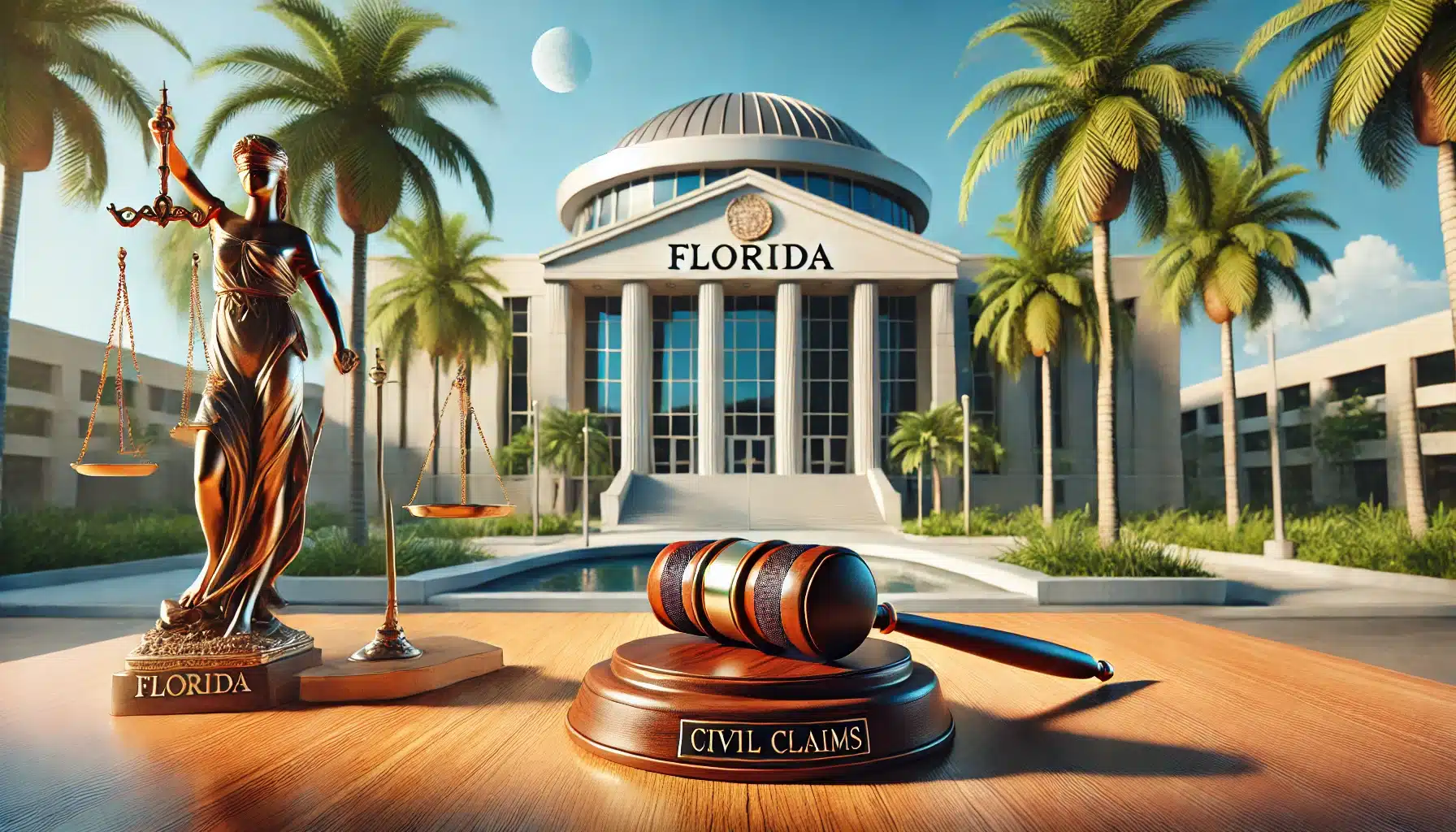How To Prove A Florida Premises Liability – Trespassers and Uninvited Licensees Claim

In Florida, a claim of Premises Liability – Trespassers and Uninvited Licensees is defined as:
Premises Liability occurs when a property owner intentionally causes harm to trespassers or uninvited licensee’s or engages in willful or wanton misconduct. (This claim might also be referred to as Slip and Fall.)
It simply means:
An injury claim arising from an injury on someone’s property.
There are 4 elements of the claim:
- Element 1. The defendant owed a duty to the plaintiff to avoid willful injury, and if the trespasser’s or uninvited licensee’s presence is known, to give warning of any known dangerous condition not open to ordinary observation by the uninvited licensee or trespasser. The defendant must take care to avoid intentionally harming the plaintiff and, if they know a trespasser or uninvited guest is on their property, they should warn them about any hidden dangers that aren’t easily seen.
Facts that might support this element look like:
* The defendant owned the property where the incident occurred and had a responsibility to maintain a safe environment for all individuals present.
* The defendant was aware of a hazardous condition on the property that was not visible to an uninvited licensee.
* The defendant failed to provide any warning signs or barriers to alert the trespasser of the dangerous condition.
* The defendant had previously encountered individuals on the property and knew that trespassers could access the area.
* The defendant’s actions or inactions directly contributed to the risk of injury to the uninvited licensee. - Element 2. The business establishment breached its duty. The business failed to keep its property safe and free from hazards, which led to an injury for someone who wasn’t invited, showing that they didn’t take the necessary steps to protect even those who might be on their property without permission.
Facts that might support this element look like:
* The business establishment failed to maintain adequate lighting in the parking lot, creating a hazardous environment for individuals entering the premises.
* The establishment neglected to repair a broken step leading to the entrance, which posed a significant risk of injury to anyone approaching the building.
* Warning signs regarding potential hazards were either missing or not clearly visible, leaving uninvited individuals unaware of the dangers present on the property.
* The business did not conduct regular safety inspections, resulting in unaddressed hazards that could have been easily identified and remedied.
* Employees were not trained to recognize and mitigate risks that could affect trespassers or uninvited licensees, demonstrating a lack of care for all individuals on the property. - Element 3. There exists a causal connection between defendant’s breach and the plaintiff’s injury. For a premises liability case involving trespassers or uninvited licensees, it must be shown that the defendant’s failure to maintain their property directly caused the injury suffered by the plaintiff, meaning the harm wouldn’t have happened if the property had been properly cared for.
Facts that might support this element look like:
* The defendant failed to secure the property, allowing the plaintiff to enter the premises without permission.
* The plaintiff sustained injuries after tripping over debris that the defendant neglected to remove from the walkway.
* The defendant was aware of the hazardous condition on the property but took no action to warn or protect potential trespassers.
* The plaintiff’s injuries directly resulted from the unsafe conditions created by the defendant’s lack of maintenance on the property.
* Had the defendant properly maintained the premises, the plaintiff would not have encountered the dangerous situation that led to their injury. - Element 4. The plaintiff suffered loss or damage. The plaintiff must show that they experienced some form of loss or harm, such as injuries or property damage, as a direct result of being on the property without permission, which is essential for their claim in a premises liability case involving trespassers or uninvited guests.
Facts that might support this element look like:
* The plaintiff slipped and fell on a wet floor in the defendant’s store, resulting in a fractured wrist that required medical treatment.
* The plaintiff incurred medical expenses totaling $5,000 due to injuries sustained while navigating an unmarked construction area on the defendant’s property.
* The plaintiff experienced emotional distress and lost wages after being injured by a falling object in the defendant’s warehouse.
* The plaintiff’s personal property was damaged when a tree branch fell from the defendant’s property during a storm, leading to repair costs.
* The plaintiff was unable to attend work for two weeks due to injuries sustained from a trip hazard on the defendant’s premises, resulting in lost income.
(See Hix v. Billen, 284 So. 2d 209 – Fla: Supreme Court 1973. Ruiz v. Wendy’s Trucking, LLC, 357 So. 3d 292 – Fla: Dist. Court of Appeals, 2nd Dist. 2023.)
If you’re representing yourself in court and plan to assert a claim of Premises Liability – Trespassers and Uninvited Licensees, having a Personal Practice of Law at Courtroom5 is essential. You’ll need to make informed decisions about what to file at each phase of your case and prepare legal documents that are supported by thorough legal research and a strong analysis of the facts. Equip yourself with the tools and knowledge necessary to navigate the complexities of your case effectively.
Prove Your FL Premises Liability – Trespassers and Uninvited Licensees Claim
U.S. Civil Cases Only
